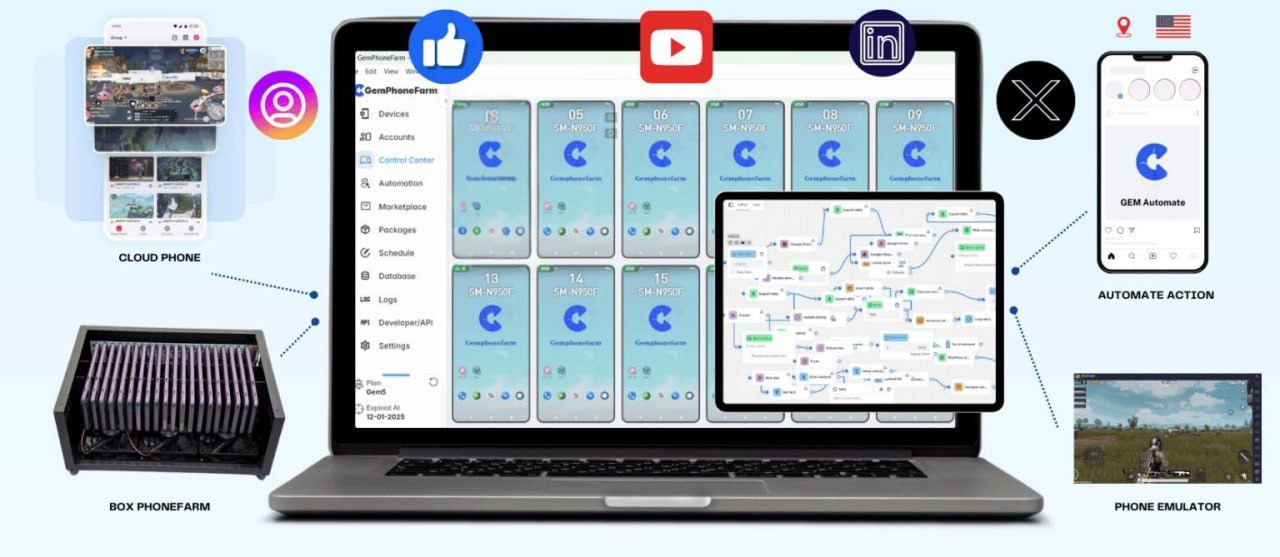Residential Proxies
Allowlisted 200M+ IPs from real ISP. Managed/obtained proxies via dashboard.

Proxies
Residential Proxies
Allowlisted 200M+ IPs from real ISP. Managed/obtained proxies via dashboard.
Residential (Socks5) Proxies
Over 200 million real IPs in 190+ locations,
Unlimited Residential Proxies
Use stable, fast, and furious 700K+ datacenter IPs worldwide.
Static Residential proxies
Long-lasting dedicated proxy, non-rotating residential proxy
Dedicated Datacenter Proxies
Use stable, fast, and furious 700K+ datacenter IPs worldwide.
Mobile Proxies
Dive into a 10M+ ethically-sourced mobile lP pool with 160+ locations and 700+ ASNs.

Web Unblocker
View content as a real user with the help of ABC proxy's dynamic fingerprinting technology.
Proxies
API
Proxy list is generated through an API link and applied to compatible programs after whitelist IP authorization
User+Pass Auth
Create credential freely and use rotating proxies on any device or software without allowlisting IP
Proxy Manager
Manage all proxies using APM interface

Proxies
Residential Proxies
Allowlisted 200M+ IPs from real ISP. Managed/obtained proxies via dashboard.
Starts from
$0.77/ GB
Residential (Socks5) Proxies
Over 200 million real IPs in 190+ locations,
Starts from
$0.045/ IP
Unlimited Residential Proxies
Use stable, fast, and furious 700K+ datacenter IPs worldwide.
Starts from
$79/ Day
Rotating ISP Proxies
ABCProxy's Rotating ISP Proxies guarantee long session time.
Starts from
$0.77/ GB
Static Residential proxies
Long-lasting dedicated proxy, non-rotating residential proxy
Starts from
$5/MONTH
Dedicated Datacenter Proxies
Use stable, fast, and furious 700K+ datacenter IPs worldwide.
Starts from
$4.5/MONTH
Mobile Proxies
Allowlisted 200M+ IPs from real ISP. Managed/obtained proxies via dashboard.
Starts from
$1.2/ GB
Knowledge Base
English
繁體中文
Русский
Indonesia
Português
Español
بالعربية

Title: Exploring the Versatile Use Cases of Reverse Proxies
Reverse proxies are a versatile tool in the realm of web servers and networking. They act as intermediaries between clients and servers, providing a range of functionalities that enhance performance, security, and scalability. In this blog post, we will delve into some of the key use cases for reverse proxies and explore how they can benefit various aspects of web infrastructure.
One of the primary use cases for reverse proxies is load balancing. By distributing incoming client requests across multiple backend servers, reverse proxies help optimize resource utilization and improve overall performance. This ensures that no single server is overwhelmed with traffic, leading to better responsiveness and reliability of web applications.
Reverse proxies can also be utilized for caching static content to reduce the load on backend servers and improve response times. By storing frequently accessed resources such as images, CSS files, and JavaScript libraries, reverse proxies can serve these assets directly to clients without the need to fetch them from the original server. This not only speeds up content delivery but also reduces bandwidth usage and server load.
Another common use case for reverse proxies is SSL termination. This involves offloading the decryption and encryption of SSL/TLS certificates from backend servers to the reverse proxy. By handling the SSL handshake and encryption processes, reverse proxies can reduce the computational burden on servers and streamline secure communication with clients. This is particularly beneficial for high-traffic websites that require secure connections.
Reverse proxies play a vital role in enhancing security by acting as a shield between clients and servers. They can implement security measures such as access control, rate limiting, and Web Application Firewall (WAF) functionalities to protect against malicious traffic, DDoS attacks, and other security threats. Additionally, reverse proxies can hide sensitive server information, such as IP addresses and server versions, to mitigate the risk of targeted attacks.
Reverse proxies can also perform content compression and optimization to reduce the size of web assets and improve overall performance. By compressing responses before sending them to clients, reverse proxies can significantly decrease page load times and bandwidth usage. Furthermore, they can optimize resources by combining and minifying CSS and JavaScript files, enabling faster rendering of web pages.
Reverse proxies with geolocation capabilities can route client requests to the nearest server or cache location based on the user’s geographic location. This feature enhances content delivery speed and reduces latency for global audiences. By strategically placing reverse proxies in different regions, organizations can provide localized content and services efficiently.
Reverse proxies are indispensable components of modern web infrastructure, offering a wide range of use cases that enhance performance, security, and scalability. From load balancing and caching to SSL termination and security measures, reverse proxies play a crucial role in optimizing web server operations and improving user experience. By leveraging the capabilities of reverse proxies, organizations can build robust and efficient web applications that meet the demands of today’s digital landscape.
Featured Posts
Popular Products
Residential Proxies
Allowlisted 200M+ IPs from real ISP. Managed/obtained proxies via dashboard.
Residential (Socks5) Proxies
Over 200 million real IPs in 190+ locations,
Unlimited Residential Proxies
Use stable, fast, and furious 700K+ datacenter IPs worldwide.
Rotating ISP Proxies
ABCProxy's Rotating ISP Proxies guarantee long session time.
Residential (Socks5) Proxies
Long-lasting dedicated proxy, non-rotating residential proxy
Dedicated Datacenter Proxies
Use stable, fast, and furious 700K+ datacenter IPs worldwide.
Web Unblocker
View content as a real user with the help of ABC proxy's dynamic fingerprinting technology.
Related articles

Unlock the Power of Genlogin with ABCproxy: A Game-Changing Combination
Looking for a reliable Genlogin service? ABCproxy has got you covered. Discover secure and seamless login solutions with Genlogin on ABCproxy for ultimate online protection. Safeguard your data with ease.

Unlock Untraceable Surfing: Gemlogin Antidetect Browser Boosted by ABC Proxy
Gemlogin Antidetect Browser With ABC Proxy provides advanced security features for online activities. Enjoy secure browsing with anonymity and protection. Safeguard your data with this powerful combination of features.